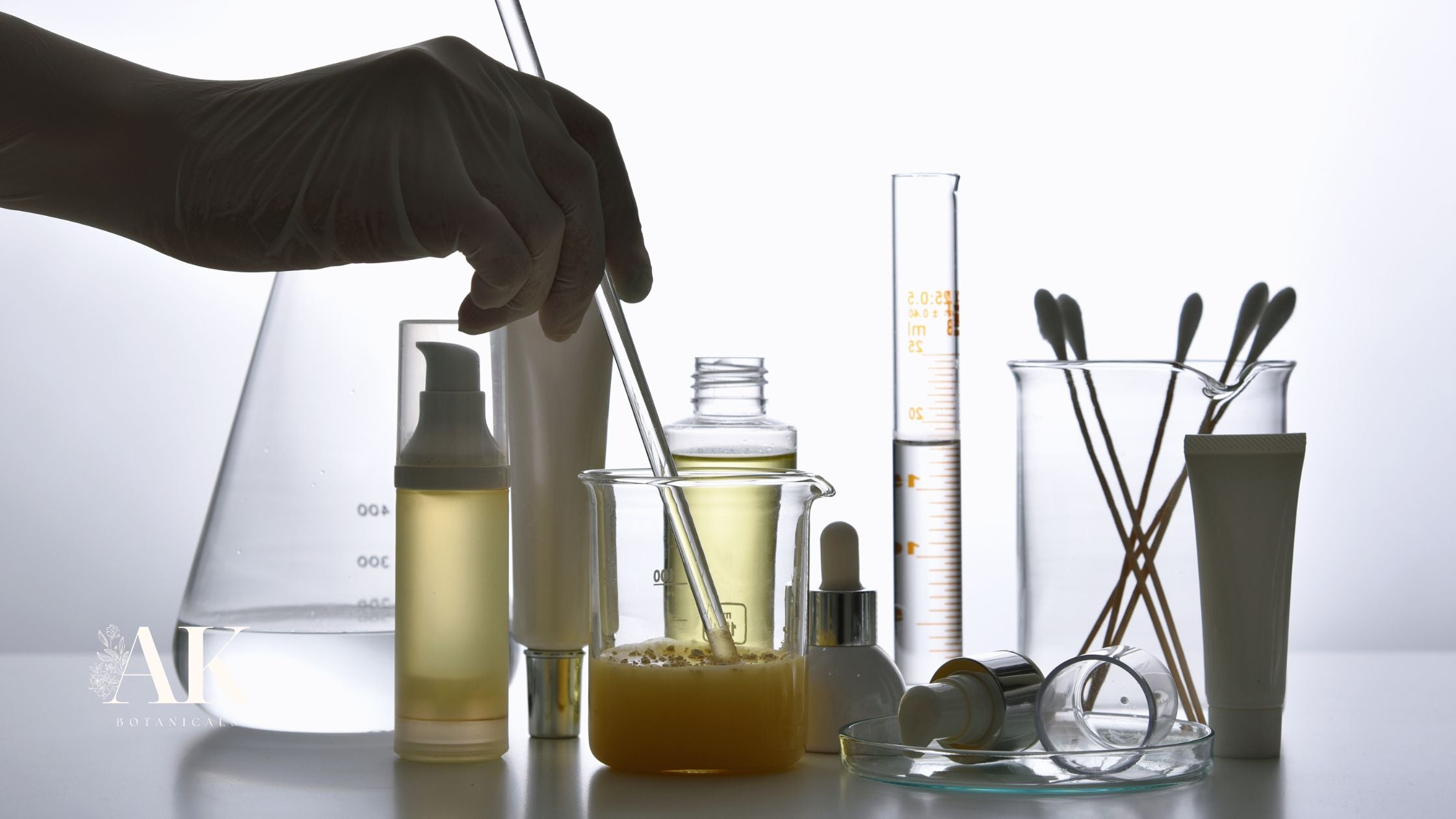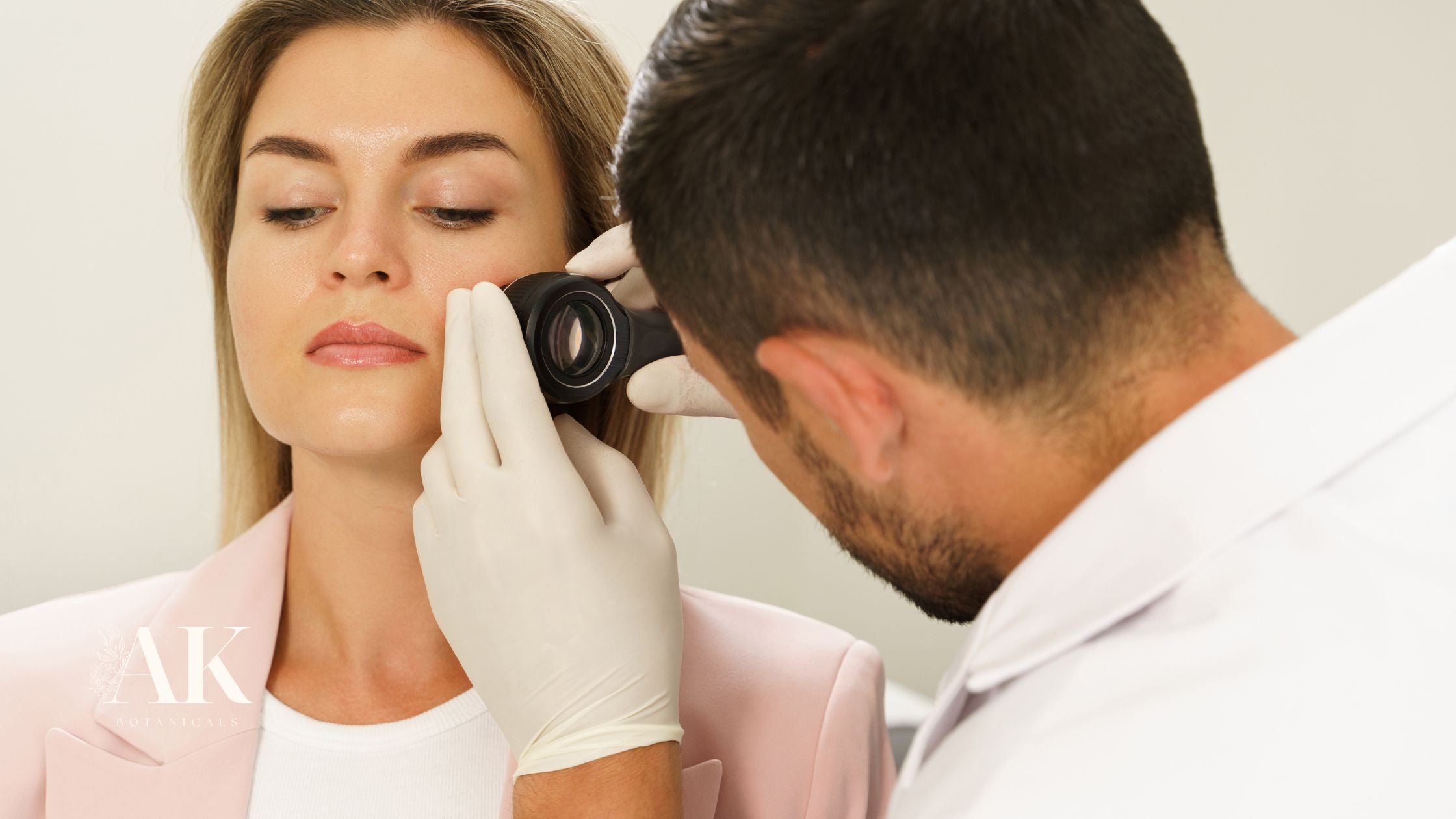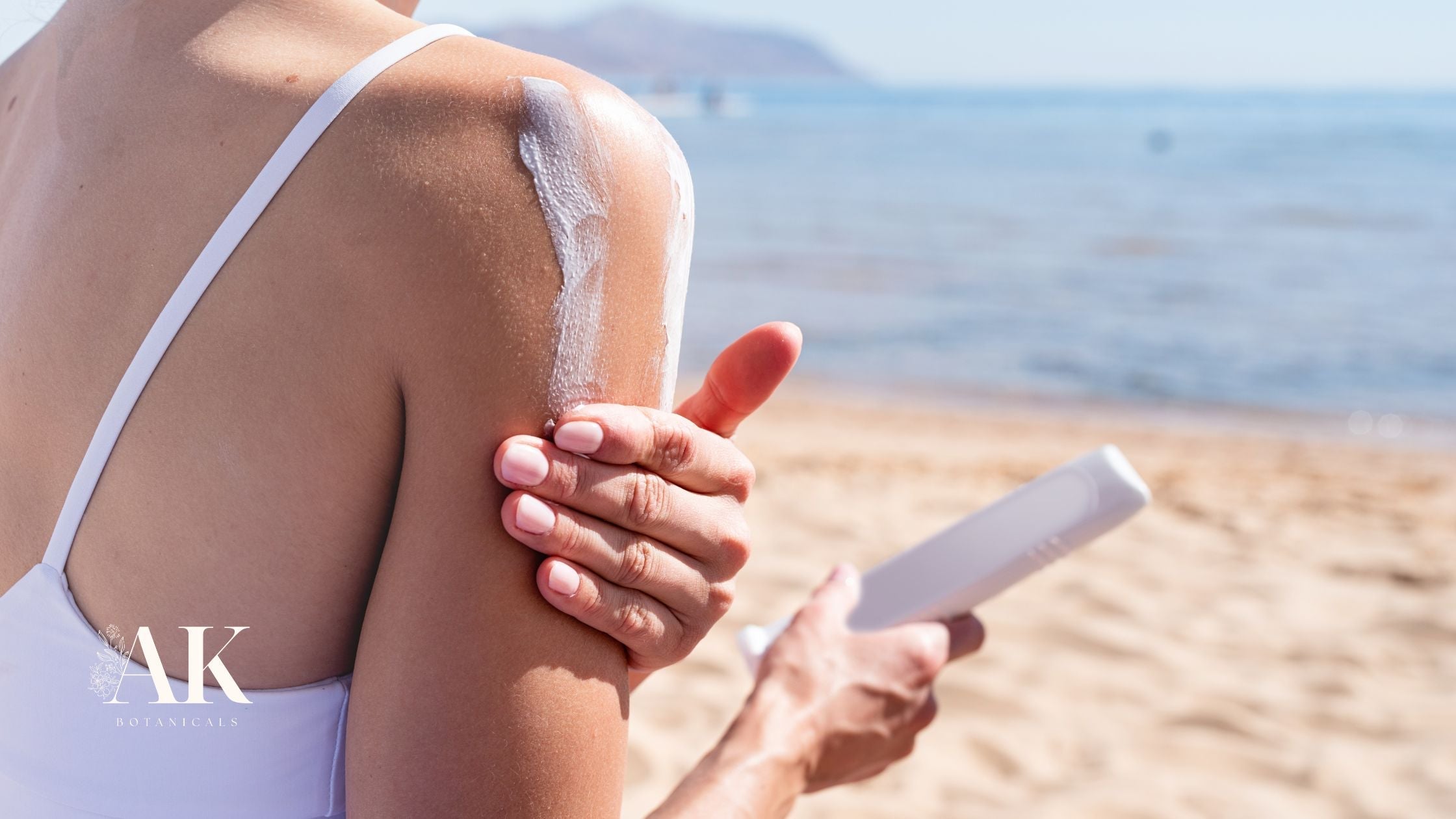Article: Understanding Skin Cancer: Types, Risks, and Symptoms
Understanding Skin Cancer: Types, Risks, and Symptoms
Your skin is composed of various types of cells, and when the DNA in these cells becomes damaged, it can lead to skin cancer. The type of skin cancer depends on the cells where the cancer starts. Below is a breakdown of the most common types of skin cancer, their risk factors, and signs to look out for.
1. Basal Cell Carcinoma (BCC)
The Most Common Skin Cancer
Basal cell carcinoma accounts for about 80% of skin cancer cases and develops in the basal cells found in the outermost layer of the skin (epidermis). It commonly appears in sun-exposed areas like the face, head, and neck.
Symptoms
- Flesh-colored, round growth
- Pearl-like bump
- Pinkish patch of skin
- Bleeding or scabbing sore that heals and reappears
Risk Factors
- Sun or indoor tanning exposure
- Age 50 and above
- Fair skin with light eyes and hair
- Male gender
- Chronic infections, weakened immune system
- Exposure to industrial compounds, radiation, or arsenic
Though BCC typically grows slowly and rarely spreads, it can penetrate deeper into tissues if untreated.
2. Squamous Cell Carcinoma (SCC)
Common in Sun-Exposed Areas
Squamous cell carcinoma represents about 20% of skin cancer cases. It begins in the flat cells of the epidermis and usually appears on sun-exposed areas such as the face, ears, neck, lips, and hands. It can also develop from actinic keratosis (AK), a precancerous condition.
Symptoms
- Firm, red bump
- Flat lesion with a scaly surface
- Sore that heals and reopens
Risk Factors
- Light skin, eyes, or hair
- Sun or tanning bed exposure
- History of skin cancer or sunburns
- Weakened immune system
- Genetic disorders such as xeroderma pigmentosum
3. Melanoma
The Deadliest Skin Cancer
Melanoma is the most serious form of skin cancer due to its potential to spread. It starts in the melanocytes, the pigment-producing cells in the skin.
Symptoms
- Mole that changes in color, size, or texture
- Large brown spot with darker specks
- Asymmetrical moles
- Painful lesion that burns or itches
Risk Factors
- Fair skin, light eyes, freckles, or light hair
- History of blistering sunburns
- Exposure to sunlight or tanning beds
- Family history of melanoma
- Large number of moles or unusual moles
4. Merkel Cell Carcinoma
A Rare but Aggressive Skin Cancer
Though rare, cases of Merkel cell carcinoma have increased in recent years. It starts in Merkel cells and commonly affects sun-exposed areas like the face, neck, and arms.
Symptoms
- Pink, red, or purple lumps
- Firm lumps that can open into sores
Risk Factors
- Excessive sun or tanning bed exposure
- Weakened immune system
- History of other skin cancers
- Being over age 50
- Fair skin
5. Actinic Keratosis (AK)
A Precancerous Condition
Actinic keratosis is a precancerous lesion caused by UV exposure, often developing into squamous cell carcinoma. These spots may appear red, tan, or crusty and are found on sun-exposed areas.
Risk Factors
- UV exposure from sunlight or tanning beds
- Fair skin or light hair and eyes
6. Other Rare Types of Skin Cancer
- Keratoacanthoma: Dome-shaped tumors that may resemble squamous cell carcinoma.
- Sebaceous Gland Carcinoma: Aggressive cancer of the oil glands, usually found on the eyelids.
- Dermatofibrosarcoma Protuberans (DFSP): A slow-growing cancer starting in the middle skin layer, resembling a pimple or rough patch.
Skin Cancer Early Detection and Prevention
- Regular skin checks can help detect skin cancers early.
- Protect your skin with sunscreen, hats, and protective clothing.
- Avoid indoor tanning and excessive sun exposure.
If you notice any unusual skin changes or growths, consult a dermatologist immediately. Early diagnosis and treatment can save lives.




